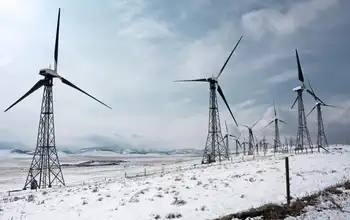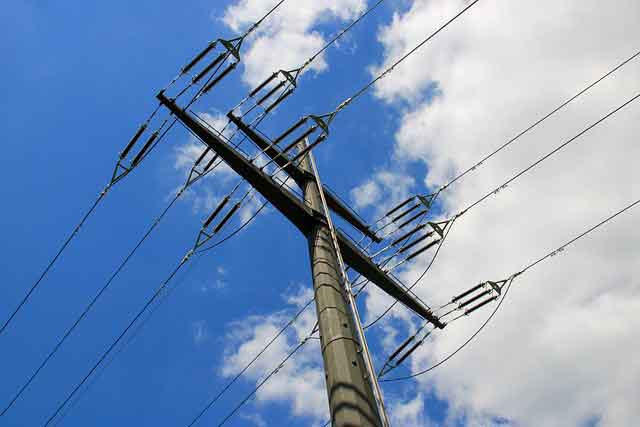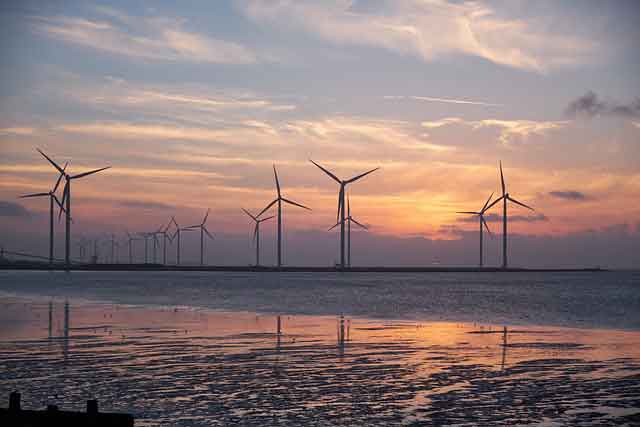Indian nuclear sector looking for $27 billion investments
BANGALORE, INDIA - Leading private sector players in India are gearing up to foray into the nuclear sector when it is opened to them for participation. Domestic private firms are awaiting the amendment of the Atomic Energy Act of 1962, which currently restricts participation in the nuclear power sector to companies in which the Indian government has a minimum of 51% ownership.
The recent waiver granted to India by the international Nuclear Suppliers Group (NSG) has opened up the country's nuclear power market, estimated to be worth $100 billion, to investments from foreign players despite India's exemption from the nuclear non-proliferation treaty.
Even as the industry is waiting for the U.S. Congress to ratify the Indo-U.S. civilian nuclear agreement, major players have already started negotiating agreements with technology, fuel and equipment providers. India is expected to obtain investments of about $27 billion to develop nearly 20 nuclear power plants over the next 15 years.
GMR Infrastructure is planning to invest over $2.15 billion to set up 2,000 to 3,000 megawatts (MW) of nuclear power capacity over the next five to seven years. The company is already exploring opportunities for strategic collaborations with fuel and equipment suppliers in the United States, Korea and France.
The Hinduja Group is also making plans to foray into the nuclear sector as part of its major expansion initiative in several sectors entailing an investment of $50 billion by 2014.
In 2007, Reliance Infrastructure (R-Infra) Limited proposed to invest $2.6 billion to set up a 2,000-MW nuclear power plant. The company is looking to pursue engineering, procurement and construction contracts in this sector and is exploring joint venture opportunities with manufacturers of nuclear reactors such as General Electric, AtomstroyExport, and Nuclear Power Corporation of India Limited.
In addition to R-Infra's initiatives, Reliance Power Limited also plans to foray into nuclear power generation with an initial investment of at least $4.3 billion. R-Power plans to initially set up 1,500 MW of power generation capacity with one or two reactors and subsequently ramp up capacities to up to 8,000 MW.
The company has held talks with foreign firms including Areva S.A., Westinghouse Electric Company LLC and a few Russian firms. R-Power is exploring export credit agency options to finance its initiatives because of the benefits of long tenures of maturity and low cost of borrowing associated with the ECA model.
State-owned players are capitalizing on the clause of the Atomic Energy Act that allows them to engage in nuclear power generation and allied activities. A joint venture between Bharat Heavy Electricals Limited (BHEL) and NPCIL recently invited bids for technology transfer for projects with generating capacities of between 700 MW and 1,600 MW of nuclear power.
The joint venture is expecting Alstom, General Electric and Siemens to participate in the bidding process. BHEL plans to invest $322 million in a greenfield facility for the manufacture of forgings and castings to be used in nuclear power projects. NPCIL is looking to add over 2,600 MW of nuclear power to the national grid by 2010 through five units that are under construction and will operate on fuel supplied from the NSG nations.
Larsen & Toubro Limited is in talks with Areva, General Electric and Westinghouse for a possible joint venture for nuclear power generation and equipment supply.
The Indian government is also in the process of finalizing agreements for nuclear trade with countries including Russia and France. India is negotiating a multi-billion dollar deal with Russia to develop four nuclear reactors at Kudankulam, Tamil Nadu, where the latter is currently constructing two 1,000-MW nuclear reactors.
All of India's existing 17 nuclear power plants, which have a total installed capacity of 4,120 MW, are owned and operated by NPCIL. Total installed capacity in the country is expected to grow to 20,000 MW by 2020. Private players are upbeat about potential opportunities in the sector and have been working on their nuclear sector blueprints for the last few years.
However, there is an underlying apprehension that it may take several years for requisite amendments to be made to the Atomic Energy Act before industry majors can put their plans into action.
Related News

The Collapse of Electric Airplane Startup Eviation
NEW YORK - The electric aviation industry was poised to revolutionize the skies, with startups like Eviation Aircraft leading the charge to bring environmentally friendly, cost-efficient electric airplanes into commercial use. However, in a shocking turn of events, Eviation has faced an abrupt collapse, signaling challenges that may impact the future of electric flight.
Eviation’s Vision and Early Promise
Founded in 2015, Eviation was an ambitious electric airplane startup with the goal of changing the way the world thinks about aviation. The company’s flagship product, the Alice aircraft, was designed to be an all-electric regional airliner capable of carrying up…




